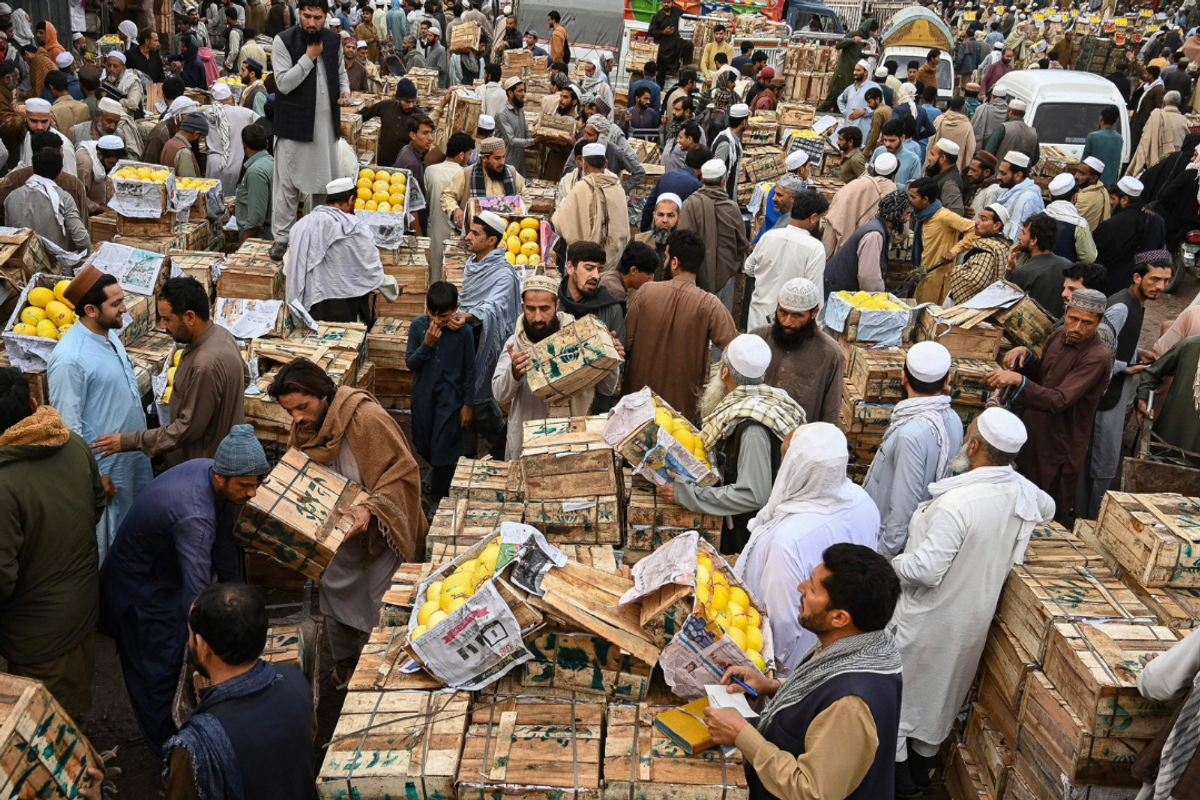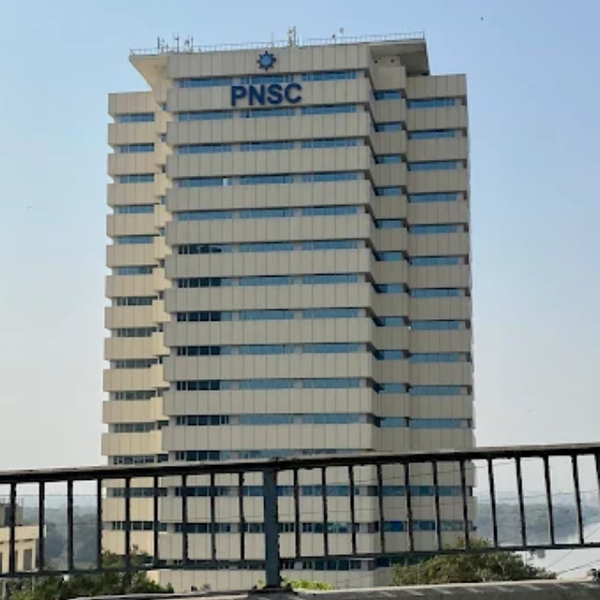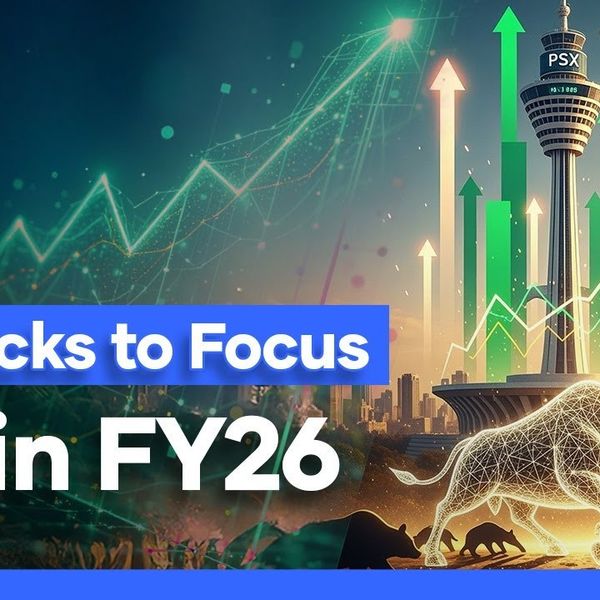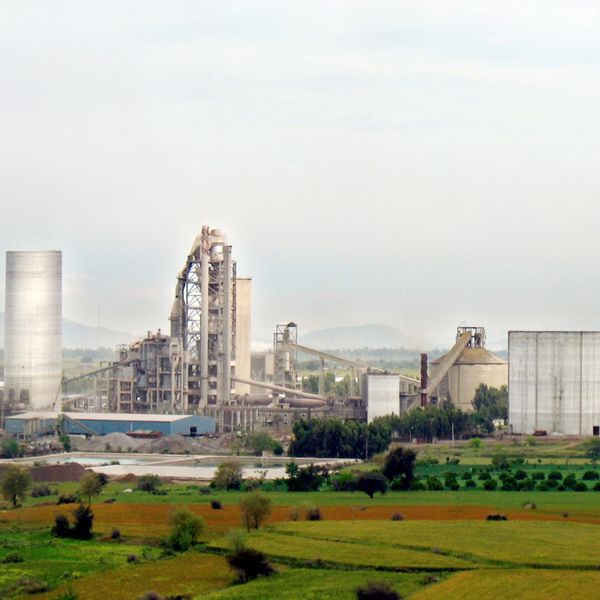Pakistan inflation measured at 4.1% in July, higher than expectations
The inflation rate in the same month last year was 11.1% and last month, it was 3.2%
Business Desk
The Business Desk tracks economic trends, market movements, and business developments, offering analysis of both local and global financial news.

Shoppers and traders interact at a wholesale market in Pakistan's Peshawar
AFP
Pakistan's inflation rate increased to 4.1% in July, higher than the estimated 3.6% because of increased food and petroleum prices.
According to data from the Pakistan Bureau of Statistics (PBS), the inflation rate in the same month last year was 11.1% and last month, it was 3.2%.
On a month-on-month basis, it increased by 2.9% in July compared to an increase of 0.2% in the previous month and an increase of 2.1% in July 2024.
Core urban inflation increased to 7.0% on an yearly basis as compared to 6.9% of the previous month and 11.7% in July 2024.
Meanwhile, core rural inflation increased by 8.1% on yearly basis as compared to 8.6% of the previous month and 16.9% in July 2024.
In its latest monetary policy announcement, Pakistan's central bank said that energy inflation is expected to rise from current levels amidst the significant upward adjustment in gas tariffs, phasing out of temporary reduction in electricity tariffs (of Q4-FY25), and recent increase in fuel prices.
Its Monetary Policy Committee (MPC) noted that year-on-year inflation is expected to mostly remain in the range of 5-7% in FY26, though it may cross the upper bound in some months.
The MPC emphasized that this outlook is susceptible to multiple risks emanating from uncertain global commodity prices and trade outlook, unanticipated adjustments in administered energy prices, and potential widespread floods.
In a note, Insight Securities said that with average inflation projected at ~6% for FY26, well within the SBP’s target range of 5-7% and real interest rates still significantly positive, there is room for further easing. However, it would be more prudent to consolidate the current phase of nascent stabilization before stimulating further demand that could reignite pressure on the external front.
Additionally, the report said that the unwinding of electricity subsidies and imposition of higher fixed gas charges are likely to put upward pressure on inflation and will impact consumer spending.







Comments
See what people are discussing